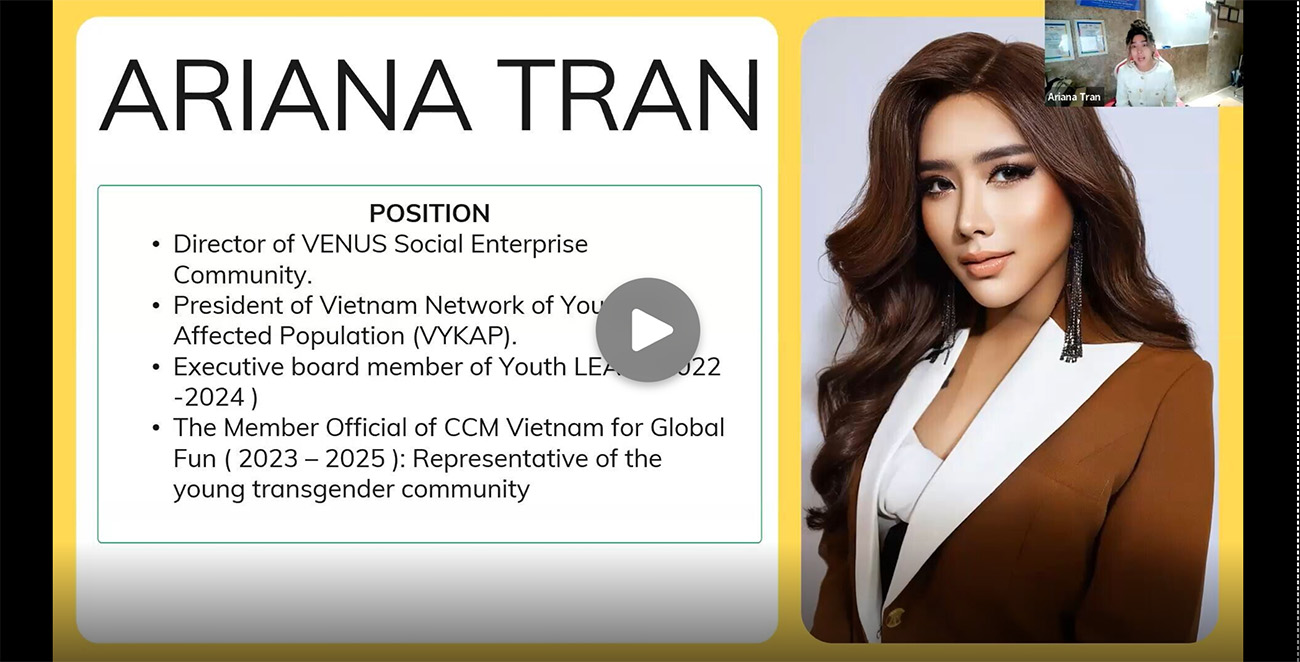This second edition of AA-HA! guidance to support country implementation builds on the first edition published in 2017. It is a collaborative effort spearheaded by the World Health Organization in collaboration with UNAIDS, UNESCO, UNFPA, UNICEF, UN WOMEN, the World Food Programme and PMNCH.
Building on the solid foundation of the first edition and voices of adolescents and young adults around the world, this multi-agency product has evolved to incorporate valuable learnings from the past six years, including of the COVID-19 pandemic's impacts. Latest estimates of mortality and disease burden, updated evidence, and a broader focus on wellbeing make the second edition a cutting-edge resource for policy makers in the area of adolescent health and well-being.
AA-HA! 2.0 offers insights into the current health and well-being landscape of the world’s over 1.2 billion adolescents, underlining evidence-based solutions and presenting strategies for priority setting, planning, implementing, and evaluating health and well-being programmes. The inclusion of key implementation strategies and real-world case studies make this guide a practical tool for governments in designing and implementing a new generation of adolescent health and well-being programmes.
